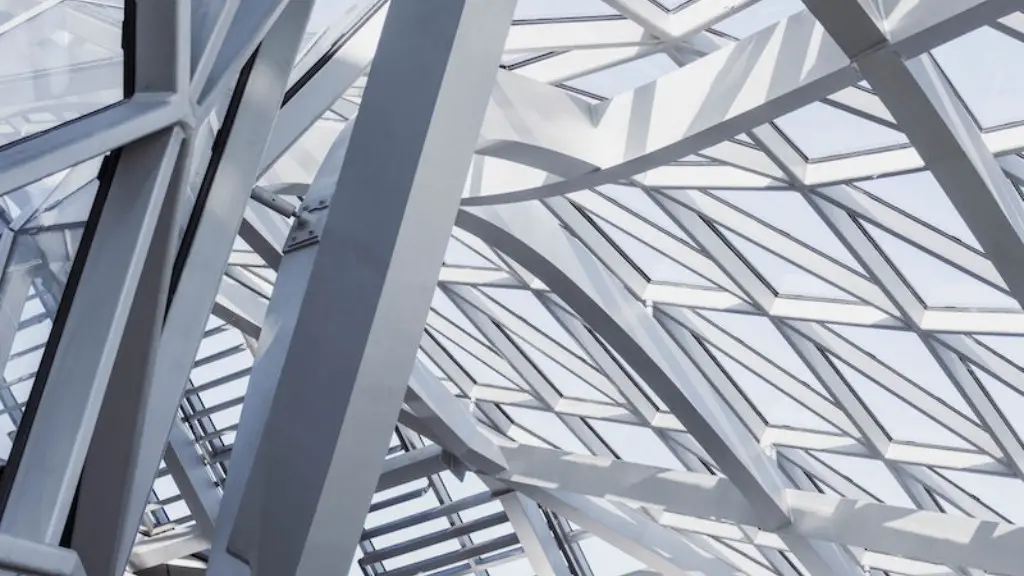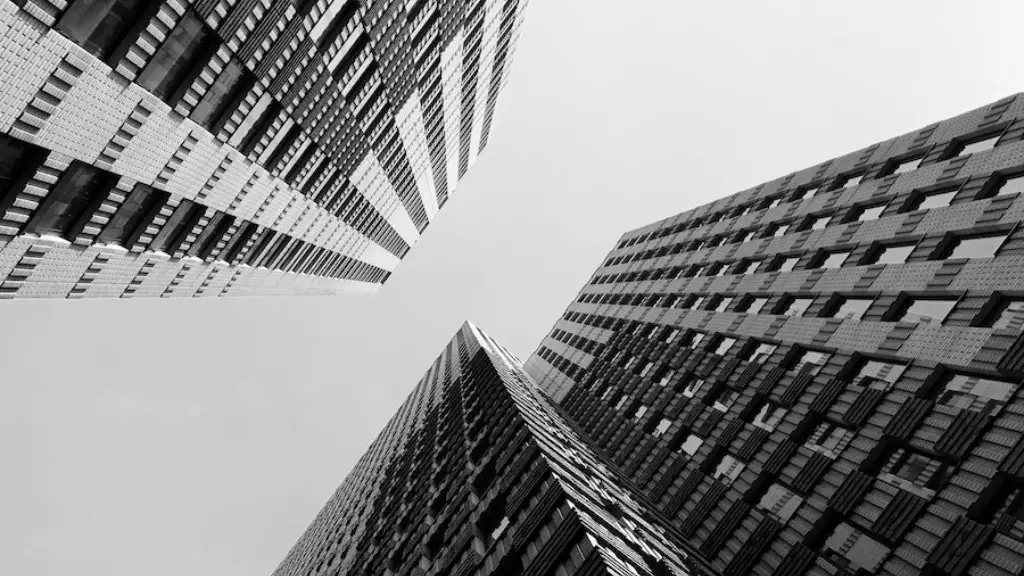Architecture Impacts Human Psychology
Architecture has a great impact on human psychology and behavior. For centuries, architects have considered the psychological implications of their designs and how it affects people’s wellbeing. They keep these aspects in mind while planning and designing buildings. Whether it’s a home, office building, or other structures, architects consider how people interact with the space they inhabit on an emotional and psychological level.
Human psychology is a complex subject and architecture, in turn, reflects this complexity. Psychologists and architects working together can help define and understanding the effects of relationship between architecture and human behavior. Studies have shown that a building’s design can shape people’s moods, emotions, and even their behavior.
Architecture can have a positive or negative effect on human psychology. For example, if the walls of a building are uneven, and the natural light is sparse, a feeling of claustrophobia and anxiety can be experienced. Such working spaces are notorious for low morale, poor productivity, and low job satisfaction. On the other hand, an aesthetically appealing office, with good lighting, and tasteful furniture, can result in increased productivity and job satisfaction.
Architects use various techniques to ensure buildings are aesthetically pleasing and psychologically stimulating. They balance the use of color, shape, noise, and light. These elements, when used correctly, can create a tranquil and serene atmosphere, which can have a great impact on the mental wellbeing of people.
Noise is also a major factor in determining how people feel in a given space. Too much noise can be overwhelming and have a negative effect on mental health. On the other hand, if used appropriately, an ambient background sound, even in a busy workplace, can help people stay focused and can even boost productivity.
Another important factor that architects consider is the use of space. People’s mindsets can change when the space around them is changed; a cramped office can lead to feelings of distress and discomfort, while a larger and well-organized space can have a calming effect. Therefore, it is important for architects to take into account the desired mood of the space and design appropriately.
Architect Ralph Erskine’s Theory
The famed architect Ralph Erskine used to say that architecture is “the art of giving form.” He believed that buildings should not just serve a physical purpose but should also meet the emotional needs of the occupants. He took into consideration the natural environment, the culture and beliefs of the people occupying the space, and the functionality of the building to create a harmonious atmosphere. He believed that designing with humans in mind created more efficient and effective buildings.
Erskine’s theories about architecture and human psychology have been quite influential and he continues to be a source of inspiration for architects today. According to his theories, psychological elements are critical to the design process and should be considered when creating buildings.
Erskine was also a proponent of interactive design. He believed that architecture should not just be aesthetically pleasing but should also be interactive, allowing occupants to feel connected to the space they inhabit. This means that architects need to create designs that people can interact with, and be comfortable in, which improves the occupants’ mental health and wellbeing.
Modern Studies
In recent years, numerous studies have been conducted to understand the effects of architecture on human psychology. In particular, researchers have studied the effects of different materials, natural light, noise levels, and ventilation. These studies have helped architects gain insight into how these factors can impact people’s moods, feelings, and behavior.
Researchers have also studied how architecture affects the brain. Studies have found that spatial designs can affect the way we think and can even have an impact on memory. For example, a cluttered and disorganized working environment can lead to difficulty in concentrating and can even impair decision-making capabilities.
In addition, studies have found that certain design elements can help reduce stress, such as natural light, green spaces, and warm, inviting colors. Designers use these elements to create calming and pleasant environments that are psychologically beneficial.
The Importance of Design Choice
Designers must take into account the psychological effects of architecture when designing buildings. This can be achieved by considering the spatial design, the materials used, the lighting, and so on. Architects must also consider how their design decisions can affect the people who inhabit their buildings.
Designers must also consider the psychological effects that design choices can have on people. For example, one type of material may induce feelings of unease, while another may evoke feelings of comfort. Designers must choose materials, shapes, and materials that will have a positive effect on the inhabitants.
Lastly, proper planning and design should incorporate the psychological needs of the occupants. For example, if a resident wants an open-air environment, designers should plan accordingly. They should consider the amount of natural light that it needs to receive and the size of the space. This will ensure that users feel comfortable and content in their chosen environment.
The Connection Between Architecture and Human Emotions
It is important to recognize the connection between architecture and human psychology. Studies have shown that the design, materials, and layout of a building can affect people’s emotions and behavior. Architects and designers must take into account these factors when designing buildings to ensure that occupants are comfortable and secure in their environments.
The effects of architecture on emotions can be seen in both residential and commercial buildings. For example, a building that has an inviting and welcoming atmosphere can evoke a feeling of ease, while a heavily industrial-looking building can leave people feeling uneasy and stressed. Similarly, a building with a spacious and airy feel can evoke feelings of contentment, while a cramped and cluttered building can evoke feelings of dread.
The connection between architecture and human psychology is a complex one. However, designers must be aware of this connection and take into account the psychological needs of the occupants when designing buildings.
The Impact of Cultural Practices
Cultural practices and beliefs also affect the way people perceive architecture. Different cultures have their own set of beliefs and practices that influence the way people interact with their surroundings. For example, some cultures prefer open-air environments while others prefer enclosed spaces.
In addition, certain design elements may evoke different meanings or reactions depending on the cultural context. This means that architects must take into account these cultural elements when designing buildings. For example, certain colors or design elements may evoke different meanings or reactions in one culture than in another.
Understanding the cultural context of a building is essential for understanding the effects of architecture on human psychology. Architects must be aware of the different cultural practices and beliefs and design the building accordingly.
The Impact of Technology
As technology advances, it creates new opportunities for architects to design buildings that are more aesthetically pleasing and psychologically stimulating. For example, advanced computer technologies allow designers to create virtual simulations of buildings that allow the occupants to experience the elements of design in a more realistic way.
This makes it easier for architects to create buildings that are more psychologically stimulating. The use of virtual reality, in particular, can be beneficial in creating a sense of presence and comfort for occupants. Additionally, the use of augmented reality can help architects to create buildings that are more aesthetically pleasing by allowing users to experience the design elements in a more engaging way.
In conclusion, technology has enabled architects to create buildings that are more aesthetically pleasing and psychologically stimulating. Architects should take into account the psychological needs of their occupants and the cultural context of their building when designing.





